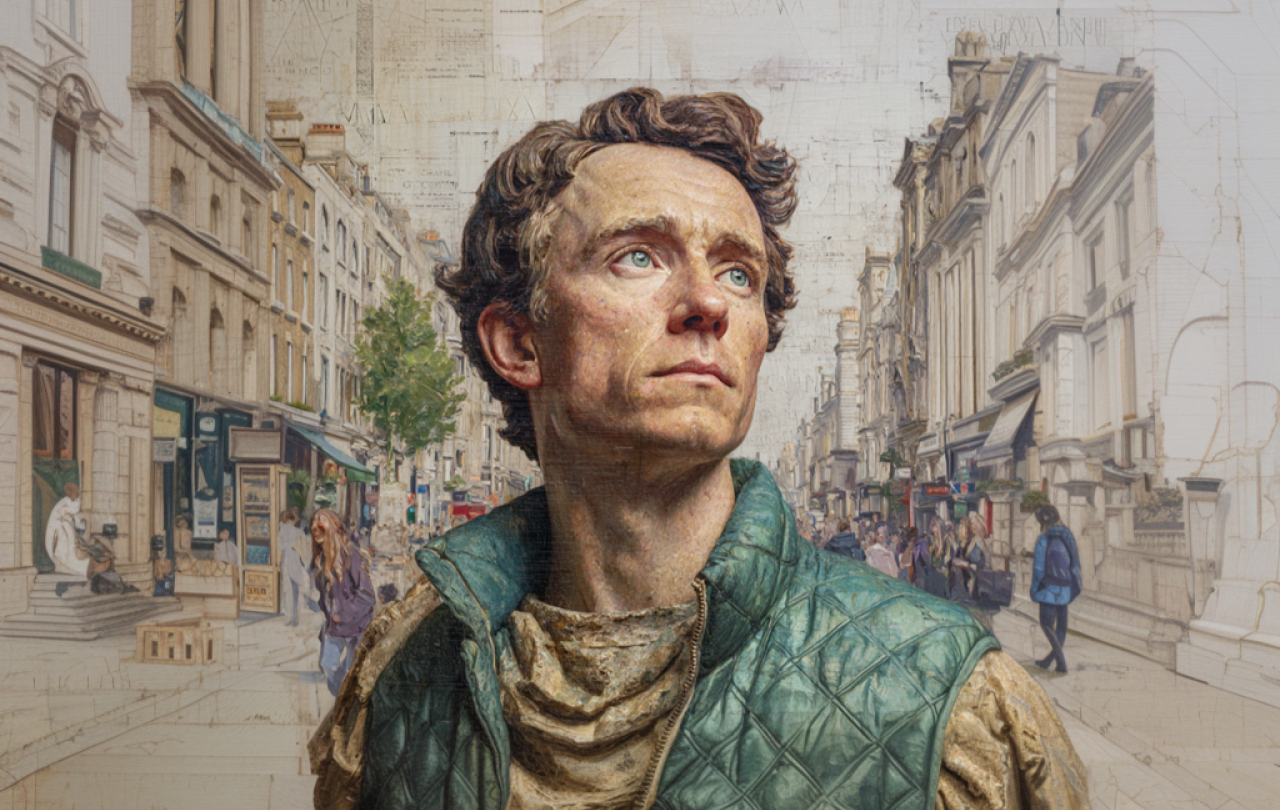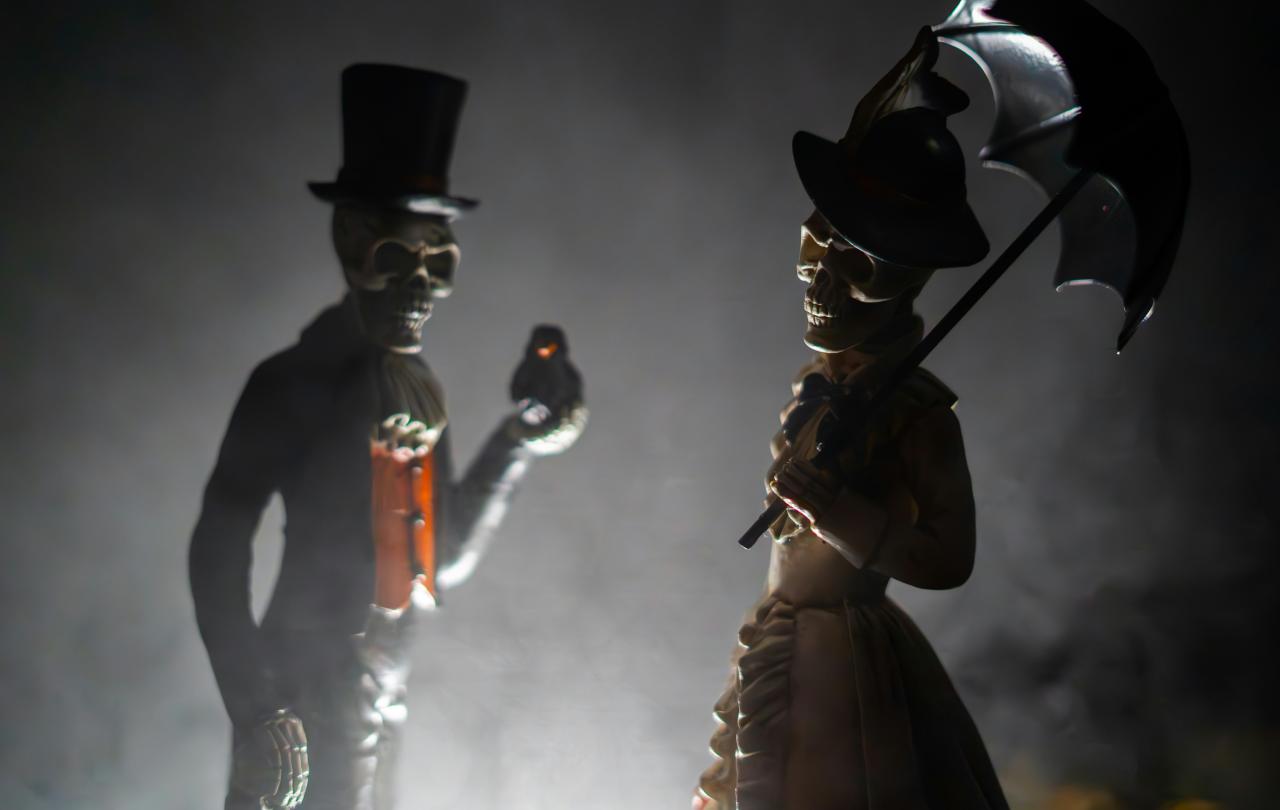
Rory Stewart has released a new BBC Radio 4 documentary series. Having previously tackled the concept of ‘ignorance’, he now seeks to investigate and explain the notion of ‘heroism’. What does it mean to be ‘heroic’? How is it that certain people are remembered as a ‘hero’? Can anyone live up to this lofty ideal? To answer these questions, Stewart embraces the full historical sweep, beginning with the ‘heroic’ Achilles, and tracing the evolution of ‘heroism’ through Alexander the Great to Ceasar to Napoleon, right to modern day ‘heroes’ – be they Superman or Zelensky or Donald Trump.
The Long History of...Heroism is excellent. Stewart is a consummate writer and broadcaster, and crafts the series into a gripping investigation, featuring a line-up of engaging and knowledgeable talking-heads, including favourites such as Rowan Williams, Mary Beard, and Tom Holland. They help to chronicles the many ‘deaths’ the notion of the ‘hero’ has undergone – the combatant and conqueror, giving way to the upstanding Victorian viceroy of virtue, then reincarnated as the one who is true to themselves and their own vision of justice.
Stewart identifies an overarching problem with ‘heroism’: the possibility of the average man or woman emulating the ‘hero’. I disagree; it seems to me that this is not the real issue at hand. Both Trump and Zelensky are ‘heroes’ because both go above-and-beyond in embodying what seems ‘good’ to the people who love them. As the series makes clear, however, what seems ‘good’ changes from age-to-age and society-to-society. By the final episode the themes coalesce to a crescendo…but not a full resolution.
Now I would say this, but I believe this series to be limited by the ‘secular’ constraints of a BBC Radio 4 documentary series, put out for the broadest possible audience. The series does touch on the Christian legacy: how the story of Christ began to subvert the ancient Greco-Roman idea of the ‘hero’, the advent of the martyr as a rebuke to the figures of Achilles and Ceasar, how this morphed into the more culturally comfortable figure of the ‘chivalric knight’, and how its radicalism was rediscovered in figures such as Simone Weil and Dietrich Bonhoeffer. However, it is (understandably) unable to delve too deeply into the Christian idea of the ’hero’.
The Christian sense of the ‘heroic’ spans the categories the series establishes. There are remarkable feats of physical courage: the martyrs who are willing to die horribly for their faith. There are inspiring feats of charity: the sheer number of hospitals and refuges and foodbanks that the Church has overseen for a millennium now. There are stirring feats of humility: my favourite is St Thérèse of Lisieux who has left us a spiritual diary chronicling her ‘Little Way’ of loving all those around her, especially when they irritated her. Even so, the Christian ‘heroic’ goes far beyond even these noble categories.
For the Christian, there is no ‘hero’ to emulate, as such. There is only the person of Jesus Christ. Only Jesus is ‘good’ because only Jesus is God – and so only Jesus can embody ‘THE GOOD’. In one sense Jesus embodies the overwhelming and awesome transcendence of the ‘hero’, and in another he is beyond even such a lofty height – not ‘a god’ like Ceasar, but truly and fully the one God who created all ‘beings’ and is ‘being-in-itself’. Jesus is not a traditional hero, because he does not overcome, for as divine he is beyond all that is. Yet, as a man, he is ‘heroic’ by demonstrating what true power and victory and self-sacrifice – culminating on the Cross – really looks like.
Jesus can be emulated – he leaves us not only an example (which the holy martyrs follow to its natural conclusion) but a set of teachings. Yet of course we cannot emulate his impossible standards, the standards of holiness that only God could fulfil. To be a Christian ‘hero’ is to live in this antinomic space.
Stewart concludes on a hopeful but flawed note: a ‘heroic legacy’ is feasible for us all! The ‘secular’ flaw of the series I have found, is that even in its promotion of self-effacement, self-sacrifice, and self-transcendence, its ‘heroism’ remains either the egoism and individualism of the ancient warrior, or a modern and post-modern materialist response. At its worst, in our increasingly digital world, the 21st century ‘heroic’ response strikes me as a chilling chimera, uniting the worst of both. To be a Christian is to devote oneself to absolute transcendence; not only of self but of everything other than Jesus Christ.
To live as a Christian is not only living ‘like’ Christ, but becoming Christ, and ultimately allowing Christ to become us…to live and speak and act through us. Only in this absolute self-denial is the Christian life complete. We are emptied entirely; we cannot become ‘heroes’ of ourselves, but we can make room for the one true ‘hero’ to enter through us.
“What legacy can we leave?”, Stewart asks.
“Not our legacy”, the Christian must answer, “but yours, Lord.”
Support Seen & Unseen
Since Spring 2023, our readers have enjoyed over 1,500 articles. All for free.
This is made possible through the generosity of our amazing community of supporters.
If you enjoy Seen & Unseen, would you consider making a gift towards our work?
Do so by joining Behind The Seen. Alongside other benefits, you’ll receive an extra fortnightly email from me sharing my reading and reflections on the ideas that are shaping our times.
Graham Tomlin
Editor-in-Chief





